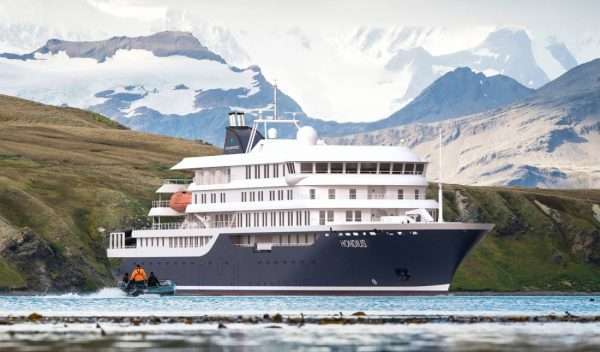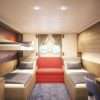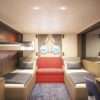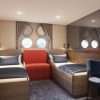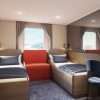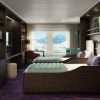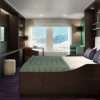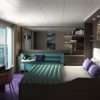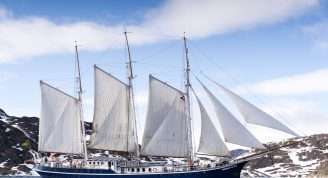Description
There is no such thing as a guarantee of seeing Polar bears, but this expedition comes as close to that as can be offered. Sailing on board Hondius, the first-registered Polar Class 6 vessel in the world, we will explore and hopefully circumnavigate Spitsbergen. Aside from Polar bears, we expect to see whales, possibly Beluga, Orca, Minke, Blue, Fin and Humpback, reindeer, Arctic foxes, walrus, seals and a fantastic variety of birdlife.
Scenically this voyage will provide a feast for the eyes; Mountains, (Spitsbergen, means pointed mountains) glaciers, icebergs, pack ice, fjords, bird cliffs and the world’s third largest ice cap, and we expect to reach 80 degrees north at The Seven Islands. There is plenty of Historical interest too, mostly centred on the old whaling industry.
Kvitøya (“White Island”) is located in the far north east of the Svalbard archipelago close to the Russian border. Arctic cruise passengers who visit the area are treated to the awesome spectacle of the ice-cap Kvitøyjøkulen which covers 705 km2, leaving small pockets of ice-free land dotted around the edges of the island.Kvitøya wildlifeKvitøya is fairly free of wildlife on top of its ice shield, hosting only the occasional polar bear crossing on its way to happier hunting grounds. However despite the ice shield wildlife is still plentiful on the few clear spots on the edges of the island.
Birds that prefer flat lands for their colonies like Red-throated Divers and Arctic Terns arrive during breeding season. Polar bears are fairly common along the shores, and there is a robust walrus population (more females than males) that uses the region as a haul-out area.
Kvitøya history
Kvitøya was first discovered by a Dutch gentleman by the name of Cornelis Giles in 1707. The island would in fact show up on maps as “Giles Land” until the name was changed by the Norwegian whaler Johan Kjeldsen in 1876.The island became the final stop for a hydrogen balloon crew in 1897, led by Swedish explorer Salomon August Andrée. Attempting to fly over the North Pole they had to set down amongst the Arctic pack ice, and travelled to the island on foot. No one knew of their demise on the island despite a large search and rescue operation. Not until 30 years later did a Norwegian sealer find the remains of the ill-fated expedition. A monument to the crew stands on the island today.
Included in this voyage
Voyage aboard the indicated vessel as indicated in the itinerary
All meals throughout the voyage aboard the ship including snacks, coffee and tea.
All shore excursions and activities throughout the voyage by Zodiac.
Program of lectures by noted naturalists and leadership by experienced expedition staff.
Free use of rubber boots and snowshoes.
Transfers and baggage handling between the airport, hotels and ship only for those passengers on the group flights to and from Longyearbyen.
All miscellaneous service taxes and port charges throughout the programme.
AECO fees and governmental taxes.
Comprehensive pre-departure material.


